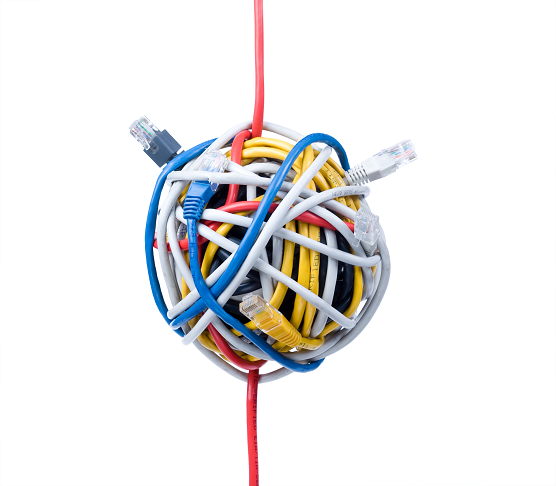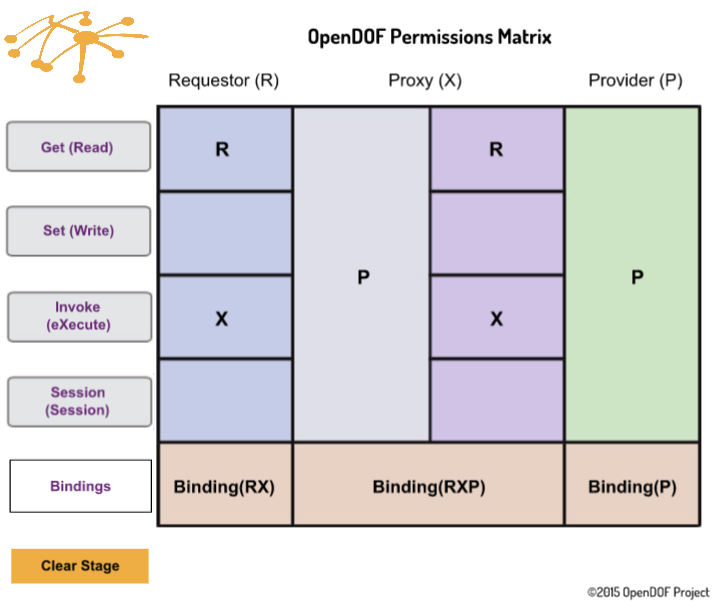
by User | Jan 14, 2016 | DOF, Downloads, Information, Training
The DOF Object Model was created to simplify the implementation and programming tasks associated with the OpenDOF Project and its Object Access Libraries (OALs). The DOF Object Model describes and defines the technological foundation of the OpenDOF Project. It shows how DOF Objects, DOF Interfaces, and other related elements work together to create scalable and reliable network services based on a system of providers and requestors in peer-to-peer relationships.

by User | Jan 13, 2016 | Programming, Technical
The OpenDOF build process is based on using Apache Ant (v1.9.1 or later) as a cross-platform build tool, and Apache Ivy (v2.3.0 or later) as a generic dependency resolution tool. Each module’s build defines the following targets:

by User | Dec 23, 2015 | C, Programming, Technical
Today we are pleased to announce a patch release of dof-inet-posix 2.0.1.
The POSIX Internet Transport is a C-language implementation of a POSIX, Berkeley socket-based transport for use with the C OAL.

by User | Dec 8, 2015 | DOF, Information, Programming, Technical, Training
The OpenDOF Permissions Matrix is a simple, interactive demonstration created to let you see how basic permissions work with DOF Technology.
The Matrix displays Operations and their corresponding binding: Get (Read), Set (Write), Invoke (eXecute) and Session (Session). By clicking on one of the four Operations buttons, you will see the binding displayed across a Requestor (R), Proxy (X) and Provider (P).
Along the bottom row, bindings are displayed for each object, in proper order (left to right).

by Bryant Eastham | Dec 1, 2015 | DOF, Programming, Technical, Training, Web
The OpenDOF Iot Router is an example of what can be done quickly using OpenDOF. The router itself is a one-click AMI that is available with a 30-day free trial and is meant for training and tutorials. Each instance provides a secure cloud “router” that will work with any of the OpenDOF Project libraries and tools.

by User | Oct 20, 2015 | DOF, Information, Programming, Technical, Training
DOF Technology uses Synchronous and Asynchronous Operations, but we’ve found there’s a bit of confusion about what the differences are between these two types of operations and their sequences. On this page we’ll describe an Asynchronous Operation.





